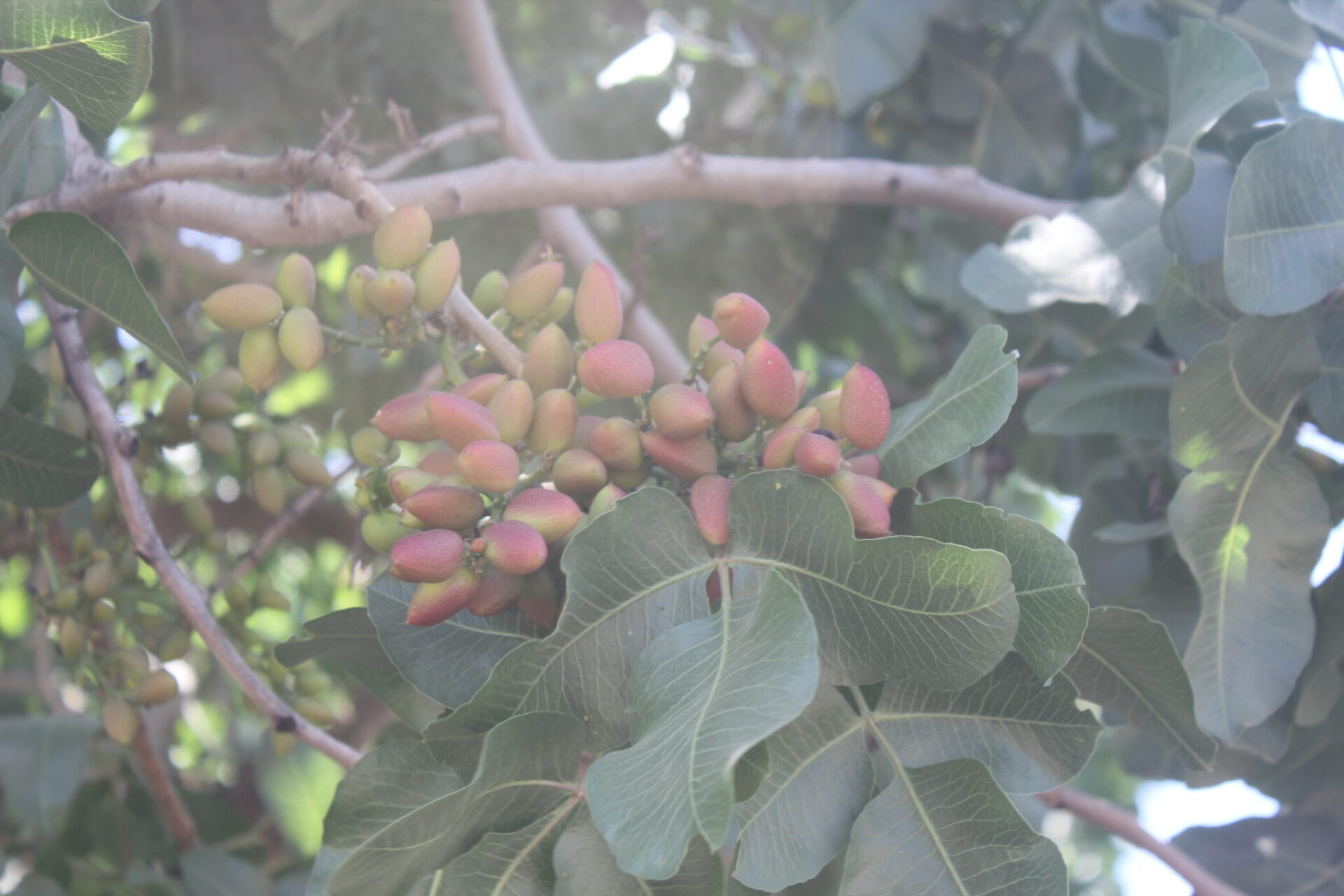
David Haviland, UCCE entomology and pest management advisor in Kern County, provided tools for ‘catching fish,’ or a comprehensive offering of resources for integrated pest management in pistachios at the UC’s 2020 Pistachio Short Course in November.
Haviland’s presentation listed and described publications and online resources growers and PCAs can tap into for complete information on pest and disease identification and management in pistachio production.
The Pistachio Production Manual, a UC publication, was written to withstand time, Haviland said. Published in 2016, the manual represents the combined knowledge of 42 UC and industry experts and years of research and field trials. It includes 28 chapters, including nine directly related to pest management.
The manual does not reflect the most recent changes in insecticides, Haviland said, but it does provide hard-core biology and pest management information.
The goal in producing the manual, Haviland said, was to get the information into the hands of growers, PCAs and CCAs. The manual has been helpful for pest control management, he added, and for training orchard scouts. It can be ordered through the UC ANR publications website at anrcatalog.ucanr.edu.
Pest Management Guidelines is a UC ANR publication available online. These guidelines are preventative rather than reactionary, and cover a wide range of agricultural crops. A summary of important pest management information is provided. Haviland said the guidelines are continuously revised to include new information on insecticides. The guidelines are intended to help growers, farm managers or PCAs in making the best choices for an IPM program.
The guidelines are authored by UC faculty, specialists and farm advisors, and are produced and edited by UC Statewide IPM program. Guidelines include pesticide options ranked in order of IPM. There are sections on insects and mites, diseases, nematodes, weeds and vertebrate pests. Additional UC IPM resources include a year-round IPM program, degree-day calculator, pesticide toxicity to natural enemies and bees, fungicide efficacy and timing. There is also a weed susceptibility chart. The year-round program describes pest management during dormancy and delayed dormancy, from bud break through bloom, fruit development, pre-harvest, harvest and postharvest, and includes a pesticide applications checklist. It is available at ucipm.ucanr.edu
Other pistachio-based publications that can be obtained through the UC ANR publications website include Managing Glyphosate-Resistant Weeds in Orchards; Weeds of California; Weed Pest ID Cards; and Ferrisia gilli, a New Mealybug Pest of Pistachios and Other Deciduous Crops.
















